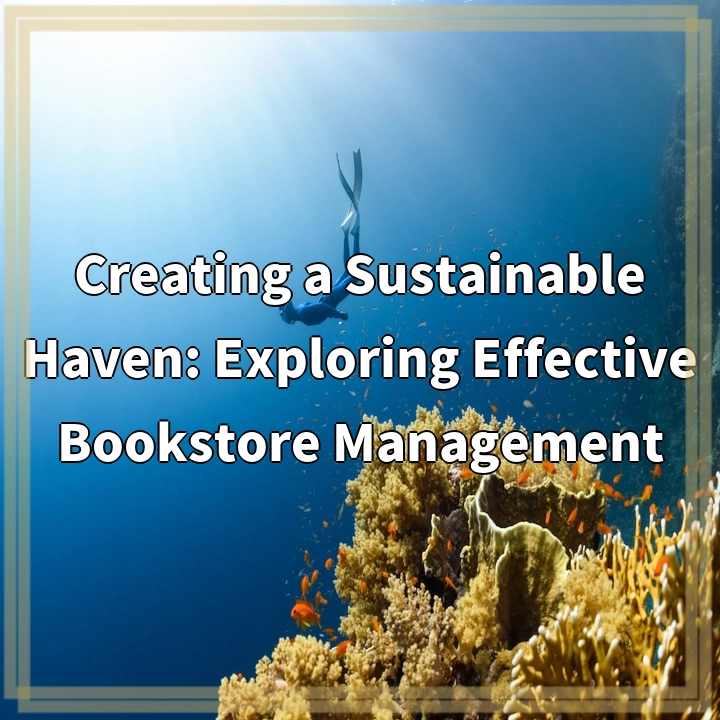
What it is:
Creating a sustainable haven in the form of an efficiently managed bookstore is not just about selling books; it encompasses adopting eco-friendly practices, minimizing waste, and inspiring the community to embrace sustainable living. This entails implementing green strategies that prioritize environmental responsibility, social consciousness, and economic viability.
Real-World Problems Associated with Bookstore Management:
Managing a bookstore in a sustainable manner comes with its own set of challenges. Understanding and addressing these problems is essential for creating an effective and environmentally friendly bookstore. Some key issues include:
1. Energy Consumption:
Bookstores typically rely on electricity for lighting, heating, and cooling, which can contribute to high energy consumption. This raises concerns about carbon emissions and the environmental impact. Finding ways to reduce energy consumption and adopting energy-efficient technologies can help mitigate these issues.
2. Waste and Recycling:
Bookstores generate significant amounts of waste, including packaging materials, damaged books, and unsold inventory. Proper waste management and recycling programs are crucial to minimize the environmental impact. Implementing strategies such as recycling paper and packaging, donating or repurposing unsold books, and promoting digital reading options can help reduce waste.
3. Carbon Footprint of Supply Chain:
The bookstore industry relies heavily on a supply chain that involves printing, shipping, and distributing books. Each step in this process contributes to carbon emissions. Working with publishers and suppliers who prioritize sustainable practices can help reduce the carbon footprint associated with the supply chain.
4. Engaging the Local Community:
Creating a sustainable bookstore involves engaging the local community and promoting eco-consciousness. However, a lack of awareness or resistance to change can be a significant hurdle. Finding innovative ways to educate and involve the community in sustainable practices, such as hosting eco-themed events or partnering with local environmental organizations, can help overcome these challenges.
5. Economic Viability:
Balancing sustainability with economic viability can be a real challenge. Implementing green practices may come with initial costs, such as investing in energy-efficient systems, renewable energy sources, or sustainable packaging options. Striking a balance between sustainability and profitability is crucial to ensure the long-term success of a sustainable bookstore.

Solutions for Creating a Sustainable Haven:
1. Energy Efficiency:
Implement energy-saving measures such as LED lighting, programmable thermostats, and efficient heating, ventilation, and air conditioning (HVAC) systems. Encourage natural lighting and use renewable energy sources like solar panels. Conduct regular energy audits to identify areas for improvement.
2. Waste Management:
Develop a comprehensive waste management plan that includes recycling programs for paper, cardboard, and packaging materials. Donate or repurpose unsold books instead of discarding them. Encourage customers to bring their own bags or offer biodegradable alternative options.
3. Sustainable Supply Chain:
Collaborate with environmentally responsible publishers and suppliers who prioritize sustainable practices. Explore options for on-demand printing and digital distribution to minimize carbon emissions associated with the supply chain. Opt for suppliers that use recyclable or biodegradable packaging materials.
4. Community Engagement:
Organize events and workshops focused on sustainability, book clubs dedicated to environmental topics, and collaborations with local schools and organizations. Educate customers about the environmental impact of the book industry and promote eco-friendly reading habits. Foster a sense of community and collaboration around sustainability efforts.
5. Economic Considerations:
Assess the long-term financial benefits of implementing sustainable practices, such as energy cost savings or customer loyalty. Seek funding opportunities, grants, or partnerships with organizations that support sustainability initiatives. Emphasize the value of offering unique and niche products that align with eco-conscious consumer preferences.















